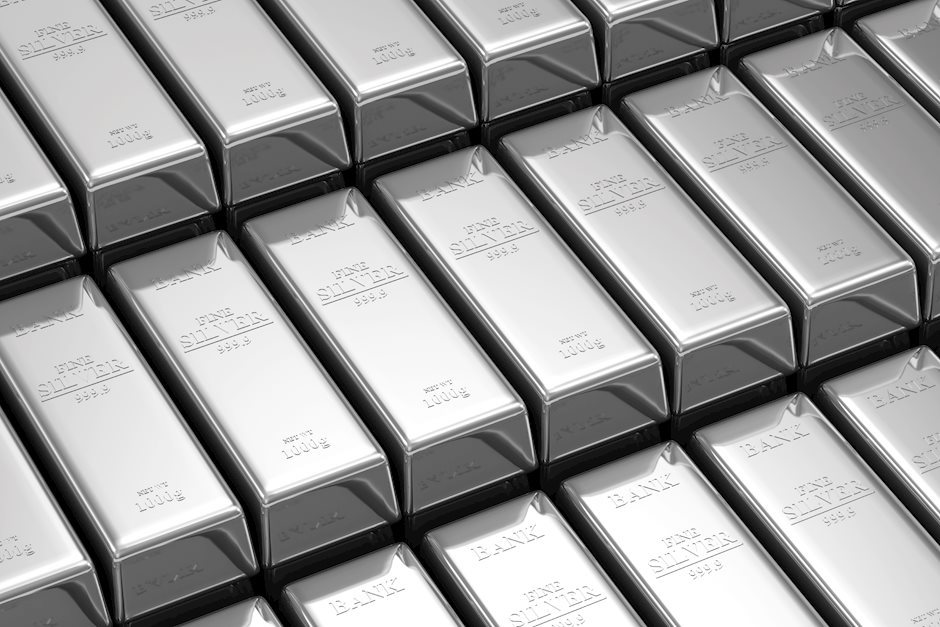Silver Price Forecast: XAG/USD hovers near $34.50, 12-year highs
- Silver price holds position near a 12-year high of $34.87, recorded on Tuesday.
- The demand for safe-haven Silver rises amid escalating tensions in the Middle East.
- The tight situation in the upcoming US election has further heightened demand for safe-haven assets.

Silver price (XAG/USD) halts its six-day winning streak, trading around $34.87 per troy ounce, the highest level not seen since October 2012, during Asian trading hours on Wednesday. The outlook for Silver is bullish, driven by safe-haven demand amid escalating tensions in the Middle East.
On Tuesday, Israel confirmed the death of Hashem Safieddine, the successor to the late Hezbollah leader Hassan Nasrallah, who was killed in an Israeli operation last month. The Israeli military stated that Safieddine was killed in a strike conducted three weeks ago in the southern suburbs of Beirut, according to Reuters.
Additionally, US Secretary of State Antony Blinken conveyed to Israeli Prime Minister Benjamin Netanyahu on Tuesday that Israel's efforts to facilitate increased humanitarian aid into Gaza have been inadequate. Blinken urged Israel to take further action to improve the situation.
The upcoming US election has further heightened demand for safe-haven assets like Silver. A recent Reuters/Ipsos poll indicates that Democratic Vice President Kamala Harris holds a narrow lead of 46% to 43% over former Republican President Donald Trump.
This lead, recorded in a six-day poll that closed on Monday, is only slightly up from her 45% to 42% advantage in a poll conducted a week earlier, highlighting the tightness of the race with just two weeks remaining before the November 5 election.
Additionally, demand for non-yielding Silver has been boosted by monetary easing measures from major central banks. The People's Bank of China (PBoC) and the European Central Bank (ECB) have both recently reduced key lending rates, contributing to increased interest in Silver.
Furthermore, the Bank of Canada (BoC) is expected to announce a significant interest rate cut of 50 basis points during its upcoming monetary policy meeting on Wednesday. In contrast, expectations for aggressive rate cuts by the Federal Reserve have decreased following a series of positive economic data.
Silver FAQs
Silver is a precious metal highly traded among investors. It has been historically used as a store of value and a medium of exchange. Although less popular than Gold, traders may turn to Silver to diversify their investment portfolio, for its intrinsic value or as a potential hedge during high-inflation periods. Investors can buy physical Silver, in coins or in bars, or trade it through vehicles such as Exchange Traded Funds, which track its price on international markets.
Silver prices can move due to a wide range of factors. Geopolitical instability or fears of a deep recession can make Silver price escalate due to its safe-haven status, although to a lesser extent than Gold's. As a yieldless asset, Silver tends to rise with lower interest rates. Its moves also depend on how the US Dollar (USD) behaves as the asset is priced in dollars (XAG/USD). A strong Dollar tends to keep the price of Silver at bay, whereas a weaker Dollar is likely to propel prices up. Other factors such as investment demand, mining supply – Silver is much more abundant than Gold – and recycling rates can also affect prices.
Silver is widely used in industry, particularly in sectors such as electronics or solar energy, as it has one of the highest electric conductivity of all metals – more than Copper and Gold. A surge in demand can increase prices, while a decline tends to lower them. Dynamics in the US, Chinese and Indian economies can also contribute to price swings: for the US and particularly China, their big industrial sectors use Silver in various processes; in India, consumers’ demand for the precious metal for jewellery also plays a key role in setting prices.
Silver prices tend to follow Gold's moves. When Gold prices rise, Silver typically follows suit, as their status as safe-haven assets is similar. The Gold/Silver ratio, which shows the number of ounces of Silver needed to equal the value of one ounce of Gold, may help to determine the relative valuation between both metals. Some investors may consider a high ratio as an indicator that Silver is undervalued, or Gold is overvalued. On the contrary, a low ratio might suggest that Gold is undervalued relative to Silver.
Author

Akhtar Faruqui
FXStreet
Akhtar Faruqui is a Forex Analyst based in New Delhi, India. With a keen eye for market trends and a passion for dissecting complex financial dynamics, he is dedicated to delivering accurate and insightful Forex news and analysis.

















